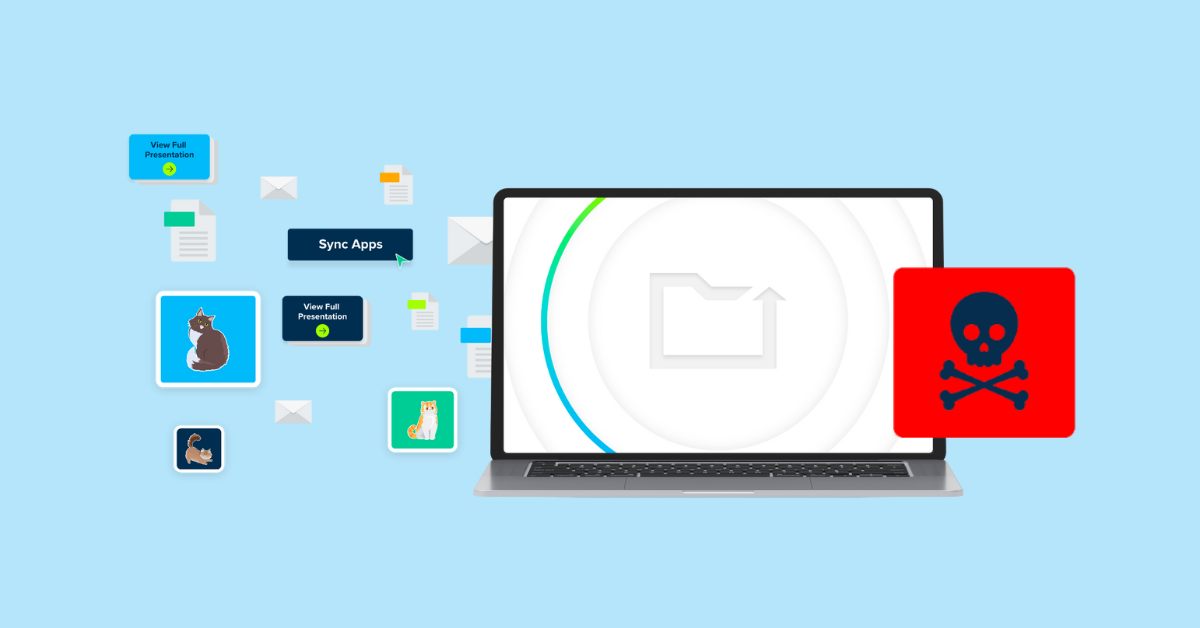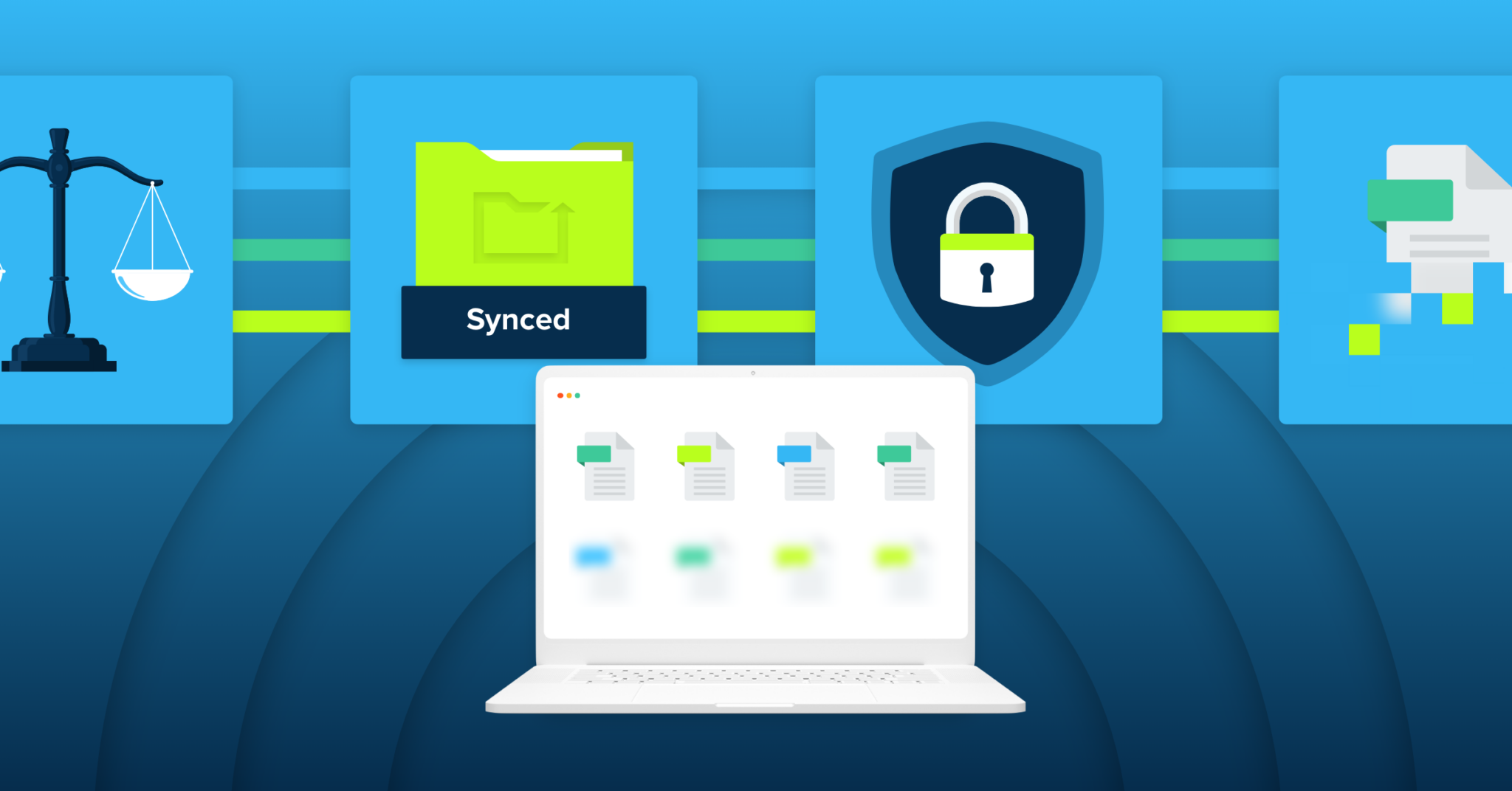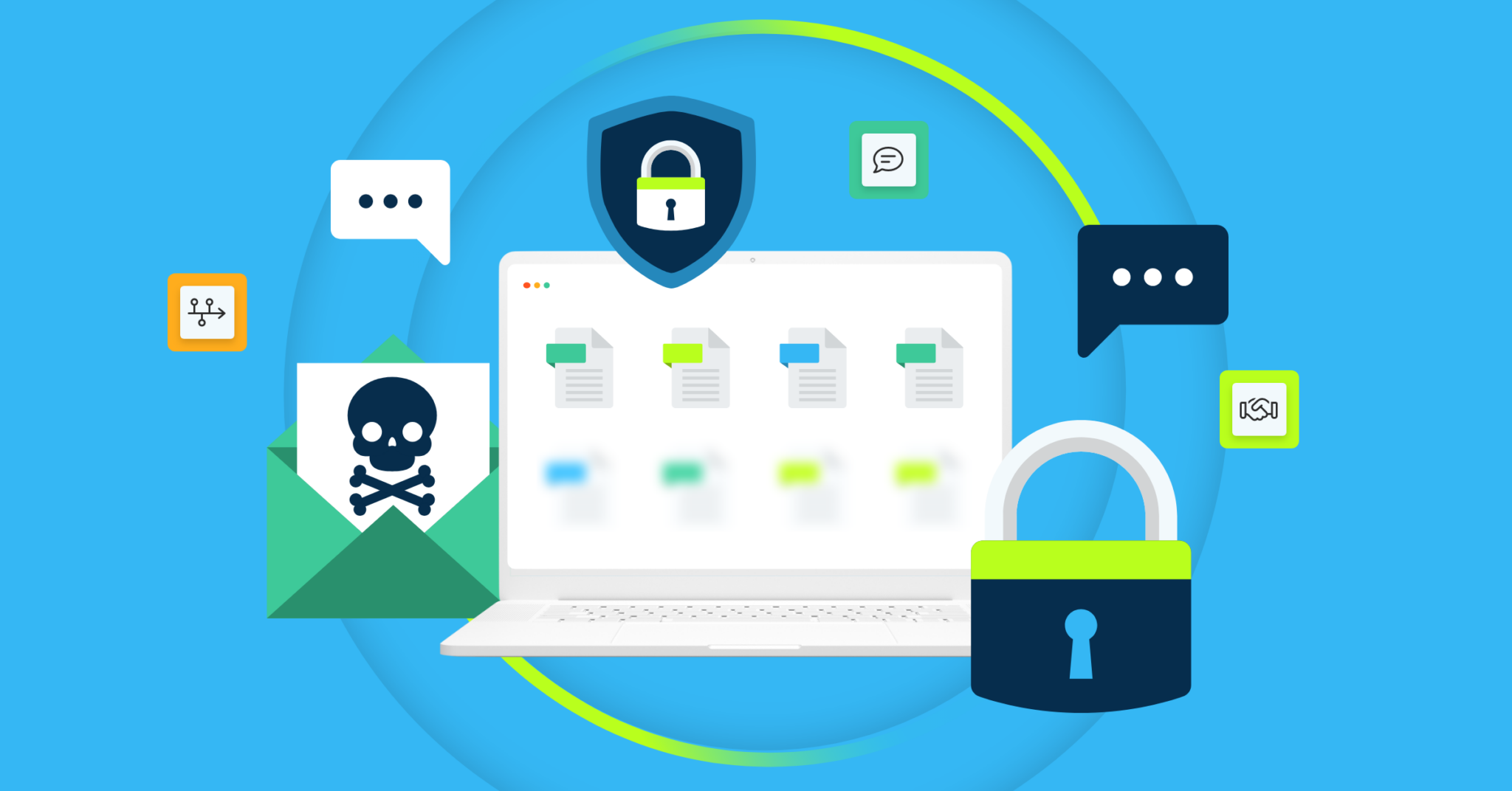
In 2022, a staggering 493.33 million ransomware attacks were detected at organizations worldwide. With no signs of ransomware attacks stopping any time soon, your organization needs to take steps to protect its data from malicious hackers and costly ransoms. As you improve your organization’s protection from ransomware, you’ll need to develop a ransomware disaster recovery plan.
The 5 Main Steps Required for a Comprehensive Ransomware Disaster Recovery Plan
While preventing a ransomware attack from compromising your data is important, the constant development of new ransomware and the sheer volume of it means your organization is very likely to suffer from a successful attack. When a ransomware attack is successful, it will encrypt your data and files, leaving you unable to access important information. Fortunately, a ransomware disaster recovery plan can reduce the damage a ransomware attack has on your business and help you recover your data without paying a ransom.
If you want to protect your data, find out more about the main steps needed for an effective ransomware recovery plan below:
1. Put Together a Ransomware Disaster Response Team
When a ransomware attack is successful, it can create chaos in an organization, especially when no one knows who’s responsible for fixing it. As a result, one of the first steps to a ransomware disaster recovery plan is to create a team responsible for leading your organization through an effective response to the attack.
Each member of your disaster response team should have a clearly defined role detailing what they’ll do after an attack and how they’ll aid in data recovery. It’s also a good idea to have backup team members for each important role, as you never know when a ransomware attack will occur. Having multiple team members prepared to take part in disaster response efforts reduces the risk of a key team member being absent when you need them most.
2. Develop an Incident Response Plan
Alongside creating a ransomware disaster response team, you’ll want to develop an incident response plan that your team will follow. A great ransomware response plan will allow your team to quickly take action after a ransomware attack. The main elements of an effective response plan include the following:
- Initial action plans to better understand the attack and what systems have been affected. For example, your response team will need to collect log data, as this information can help you better understand the ransomware attack.
- Legal requirements your organization will have to follow, as many states require data breach notices from organizations.
- Communication plans that outline internal and external stakeholders your team will need to contact. Internal stakeholders often include an organization’s security, legal, and IT teams, and external stakeholders typically include customers and law enforcement.
- An outline providing steps your team will follow to maintain or restart affected business operations.
- A detailed investigation plan with steps for beginning the investigation, information on monitoring needs, and potential solutions for removing ransomware and recovering from an attack.
- Information on a strategic review process designed to improve security after an attack.
3. Document Your Entire Network Infrastructure
During a ransomware attack, your network can become corrupted, effectively destroying it and causing your organization to rebuild it from scratch. Since this can take time and be costly, it’s best to document your network infrastructure before a ransomware attack. With detailed documentation of your network, you can more quickly rebuild your network.
As you document your network infrastructure, keep an eye on the importance of each element in it. When you determine whether a component of your infrastructure is nonessential, essential, or absolutely critical, you’ll know what your team should restore first. For example, if one element isn’t needed for your organization’s normal operation, you won’t want to prioritize recovering it before one that’s necessary for regular operations. Additionally, noting any system dependencies can assist with knowing what your recovery team will restore first.
4. Invest In and Implement Endpoint Cloud Backup Solutions
If you want to avoid having to pay a ransom and return to normal operations as fast as possible, you’ll need to invest in and implement endpoint cloud backup solutions. Essentially, endpoint cloud backup refers to solutions that copy data from your network endpoints, such as servers, tablets, laptops, and desktops, and store that data in a secure cloud. Since you can use these backup solutions to protect non-critical and critical data that exists on local or cloud drives, you’ll ensure your most valuable data is protected from ransomware.
With an endpoint cloud backup solution like CrashPlan, you can quickly recover your data after a ransomware attack and get your staff back on track faster. Unlike other cloud backup solutions, CrashPlan also backs up new and changed files every fifteen minutes, meaning you’ll have the most up-to-date data even after a ransomware attack. Additionally, CrashPlan’s cloud encrypts and stores data per device to prevent a ransomware attack from affecting your backups.
Due to CrashPlan’s enhanced security and efficient storage, you can restore your data fast without having to pay for a ransom. After you implement your endpoint cloud backup solution, you can use it to restore data after your team has neutralized the ransomware from your network or offline backups.
5. Test and Regularly Update Your Disaster Recovery Plan
Once your ransomware recovery plan is complete, you’ll need to test it to ensure it’s effective. Testing the plan also makes sure your team understands it and can put it into operation successfully. Typically, organizations will do one full recovery drill and at least two partial recovery tests throughout the year. Additionally, you can schedule surprise company drills to see how your team reacts when they haven’t been preparing for a test.
Since ransomware will continue to evolve, your disaster recovery plan will need to evolve to keep up with new threats or changes in your company too. You’ll also want to collect feedback from key members of your team after tests, as they might spot a weakness the plan misses.
Make Your Ransomware Disaster Recovery Plan Complete With CrashPlan
At CrashPlan, we’re proud to offer ransomware recovery software designed to prevent disaster data loss and help you recover everything you need. With our endpoint cloud backup solutions, your data is continuously protected with unlimited versioning and immutable backups. As you consider trying CrashPlan, learn more about our ransomware recovery solutions today. If you have any questions or want to see what CrashPlan can do for you, contact us or sign up for our free trial.






